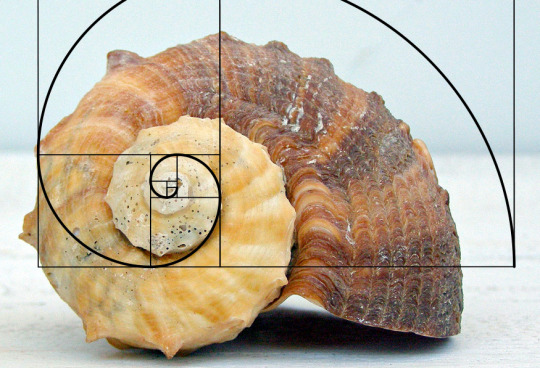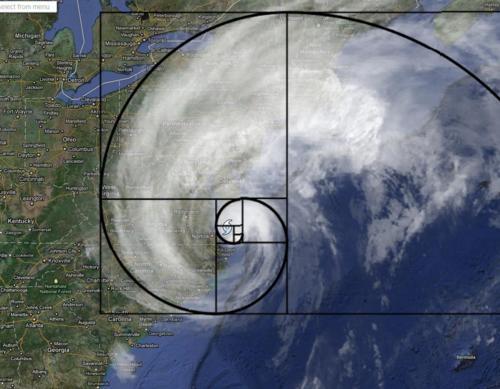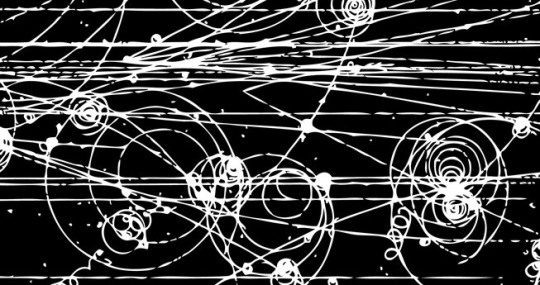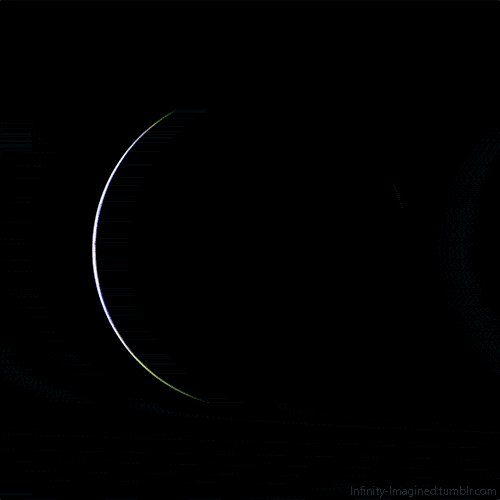Don't wanna be here? Send us removal request.
Photo

I normally visit the refuge fall-winter to see the hawks, swans and ducks. But this year I decided to spend more time during summer. It took a little patience, but I saw several birds, like these dowitchers - for the first time, ever. #ridgefieldnwr #nikon https://www.instagram.com/p/BnnLEEVg7bW/?utm_source=ig_tumblr_share&igshid=b9carhey2swf
0 notes
Photo

Juvenile green heron, part 2 - on the hunt, missed opportunity (head shake after dip and angry look), then success. After dipping one more time, the little heron dropped it! #RidgefieldNWR #nikond500 https://www.instagram.com/p/Bnl0yH6gIbd/?utm_source=ig_tumblr_share&igshid=12vhqhm28kr3d
0 notes
Photo

The many faces of a juvenile green heron (part 1, take 2). This youngster landed right in front of me while I was watching young wood ducks. Taken in the Ridgefield National Wildlife Refuge with the Nikon D500 and 300mm PF f4. https://www.instagram.com/p/BnlynqFAdOE/?utm_source=ig_tumblr_share&igshid=3d4r06i2j08r
0 notes
Video
vimeo
Ridgefield Fourth of July 2016 from Karen on Vimeo.
0 notes
Video
vimeo
Long Beach, Washington. October 31, 2015 - Timelapse with iPhone 6 Plus from Karen Thompson on Vimeo.
Anticipating a record rainy weekend at home, I still proceeded to join my friends, Gretchen and Buzz at the beach to celebrate her birthday. The sun emerged unexpectedly in the evening, so I took this opportunity to set up my iPhone on my tripod (with flimsy clamp) on the deck of our weekend getaway (Lighthouse Resort).
0 notes
Video
vimeo
Alder Lake, Elbe, WA. November 7, 2015. iPhone 6 plus timelapse. from Karen Thompson on Vimeo.
I shot this after getting up too late for the spectacular sunrise and shrouding of the mountain. I drove up pleasant valley (beautiful!) and then found a spot in the Alder Lake picnic area near Elbe. My framing is a little crooked, but the sun, clouds and rain moving through the foothills of Mount Rainier is beautiful. There is a band of cottonwood at the lake edge, I'll see if I can play with the images in photoshop to bring the yellow out. The iPhone picked up more detail in the clouds than my eyes could, but the contrast masked the color in the trees and surrounding forested hillsides.
0 notes
Video
vimeo
Columbia River, Julia Hansen Butler Wildlife Reserve. November 1, 2015 from Karen Thompson on Vimeo.
This timelapse was shot with the iPhone 6 plus with my ultrapod and a cheap iphone clamp wedged precariously between the driver's side window and door frame. At the end I was startled by a flash of lightening and clap of thunder, so I pulled the phone and escaped! Timelapse shot November 1, 2015.
0 notes
Photo

‘Particle Clicker’, A Game That Teaches Particle Physics in the Style of ‘Cookie Clicker’
168 notes
·
View notes
Photo





Universe Is Made Of Math, Cosmologist Says
Scientists have long used mathematics to describe the physical properties of the universe. But what if the universe itself is math? That’s what cosmologist Max Tegmark believes.
In Tegmark’s view, everything in the universe — humans included — is part of a mathematical structure. All matter is made up of particles, which have properties such as charge and spin, but these properties are purely mathematical, he says. And space itself has properties such as dimensions, but is still ultimately a mathematical structure.
"If you accept the idea that both space itself, and all the stuff in space, have no properties at all except mathematical properties," then the idea that everything is mathematical "starts to sound a little bit less insane," Tegmark said in a talk given Jan. 15 here at The Bell House. The talk was based on his book "Our Mathematical Universe: My Quest for the Ultimate Nature of Reality" (Knopf, 2014).
Nature is full of math
The idea follows the observation that nature is full of patterns, such as the Fibonacci sequence, a series of numbers in which each number is the sum of the previous two numbers. The flowering of an artichoke follows this sequence, for example, with the distance between each petal and the next matching the ratio of the numbers in the sequence.
The nonliving world also behaves in a mathematical way. If you throw a baseball in the air, it follows a roughly parabolic trajectory. Planets and other astrophysical bodies follow elliptical orbits.
"There’s an elegant simplicity and beauty in nature revealed by mathematical patterns and shapes, which our minds have been able to figure out," said Tegmark, who loves math so much he has framed pictures of famous equations in his living room.
One consequence of the mathematical nature of the universe is that scientists could in theory predict every observation or measurement in physics. Tegmark pointed out that mathematics predicted the existence of the planet Neptune, radio waves and the Higgs boson particle thought to explain how other particles get their mass.
Some people argue that math is just a tool invented by scientists to explain the natural world. But Tegmark contends the mathematical structure found in the natural world shows that math exists in reality, not just in the human mind.
And speaking of the human mind, could we use math to explain the brain?
Mathematics of consciousness
Some have described the human brain as the most complex structure in the universe. Indeed, the human mind has made possible all of the great leaps in understanding our world.
Someday, Tegmark said, scientists will probably be able to describe even consciousness using math. (Carl Sagan is quoted as having said, "the brain is a very big place, in a very small space.")
"Consciousness is probably the way information feels when it’s being processed in certain, very complicated ways," Tegmark said. He pointed out that many great breakthroughs in physics have involved unifying two things once thought to be separate: energy and matter, space and time, electricity and magnetism. He said he suspects the mind, which is the feeling of a conscious self, will ultimately be unified with the body, which is a collection of moving particles.
But if the brain is just math, does that mean free will doesn’t exist, because the movements of particles could be calculated using equations? Not necessarily, he said.
One way to think of it is, if a computer tried to simulate what a person will do, the computation would take at least the same amount of time as performing the action. So some people have suggested defining free will as an inability to predict what one is going to do before the event occurs.
But that doesn’t mean humans are powerless. Tegmark concluded his talk with a call to action: "Humans have the power not only to understand our world, but to shape and improve it."
6K notes
·
View notes
Video
Sea stars in trouble - this clip reminds me to get out and be in the world. So many environments I have observed in my life time really are changing.
youtube
Starfish Die-Off
Learn about the disease that is causing massive starfish die-offs on the West Coast and how you can help monitor starfish and their ecosystems.
Learn more: http://www.calacademy.org/sciencetoday
via California Academy of Sciences.
31 notes
·
View notes
Video
A tribute to the odd birds in this world. 15 of 19 species are considered at risk (proposed for listing or are listed as threatened or endangered).
youtube
Penguins: Popularity, peril and poop
Penguins are odd birds. For one, they cannot fly (but they are amazing swimmers), and, contrary to popular belief, the majority of penguin populations live in warmer regions. But these beloved birds are in danger, with populations declining up to 90%. Dyan deNapoli explains the reasons behind the decline — and why penguins are like the proverbial canary in the coal mine of our oceans.
View full lesson: http://ed.ted.com/lessons/the-popularity-plight-and-poop-of-penguins-dyan-denapoli
Lesson by Dyan deNapoli, animation by Zedem Media.
via TED Education.
23 notes
·
View notes
Photo
Beautiful!

Earth seen by the Electro-L weather satellite, May 18th 2011.
2K notes
·
View notes
Photo
I like this!

Bobby and the Bubble Car
I’ve recently been working with the brilliant Joe Bichard on some short looped animations to be shown at Latitude festival this weekend. We also decided to make some fun gifs out of the work we produced and here’s one of them.
It was so nice to work on something more challenging that also had a really open brief! More footage from the collaboration to come over the next few weeks but I’ll leave you with this mesmerising bouncy bubble car for now.
19K notes
·
View notes
Photo






Happy Pi Day! What is Pi?
Pi (π) is the ratio of a circle’s circumference to its diameter. Pi is a constant number, meaning that for all circles of any size, Pi will be the same.
The diameter of a circle is the distance from edge to edge, measuring straight through the center. The circumference of a circle is the distance around.
History of Pi
By measuring circular objects, it has always turned out that a circle is a little more than 3 times its width around. In the Old Testament of the Bible (1 Kings 7:23), a circular pool is referred to as being 30 cubits around, and 10 cubits across. The mathematician Archimedes used polygons with many sides to approximate circles and determined that Pi was approximately 22/7. The symbol (Greek letter “π”) was first used in 1706 by William Jones. A ‘p’ was chosen for ‘perimeter’ of circles, and the use of π became popular after it was adopted by the Swiss mathematician Leonhard Euler in 1737. In recent years, Pi has been calculated to over one trillion digits passed its decimal. Only 39 digits past the decimal are needed to accurately calculate the spherical volume of our entire universe, but because of Pi’s infinite & patternless nature, it’s a fun challenge to memorize, and to computationally calculate more and more digits.
Geometry
The number pi is extremely useful when solving geometry problems involving circles. Here are some examples
The area of a circle.
A = πr2
Where ‘r’ is the radius (distance from the center to the edge of the circle). Also, this formula is the origin of the joke “Pies aren’t square, they’re round!”
883 notes
·
View notes

